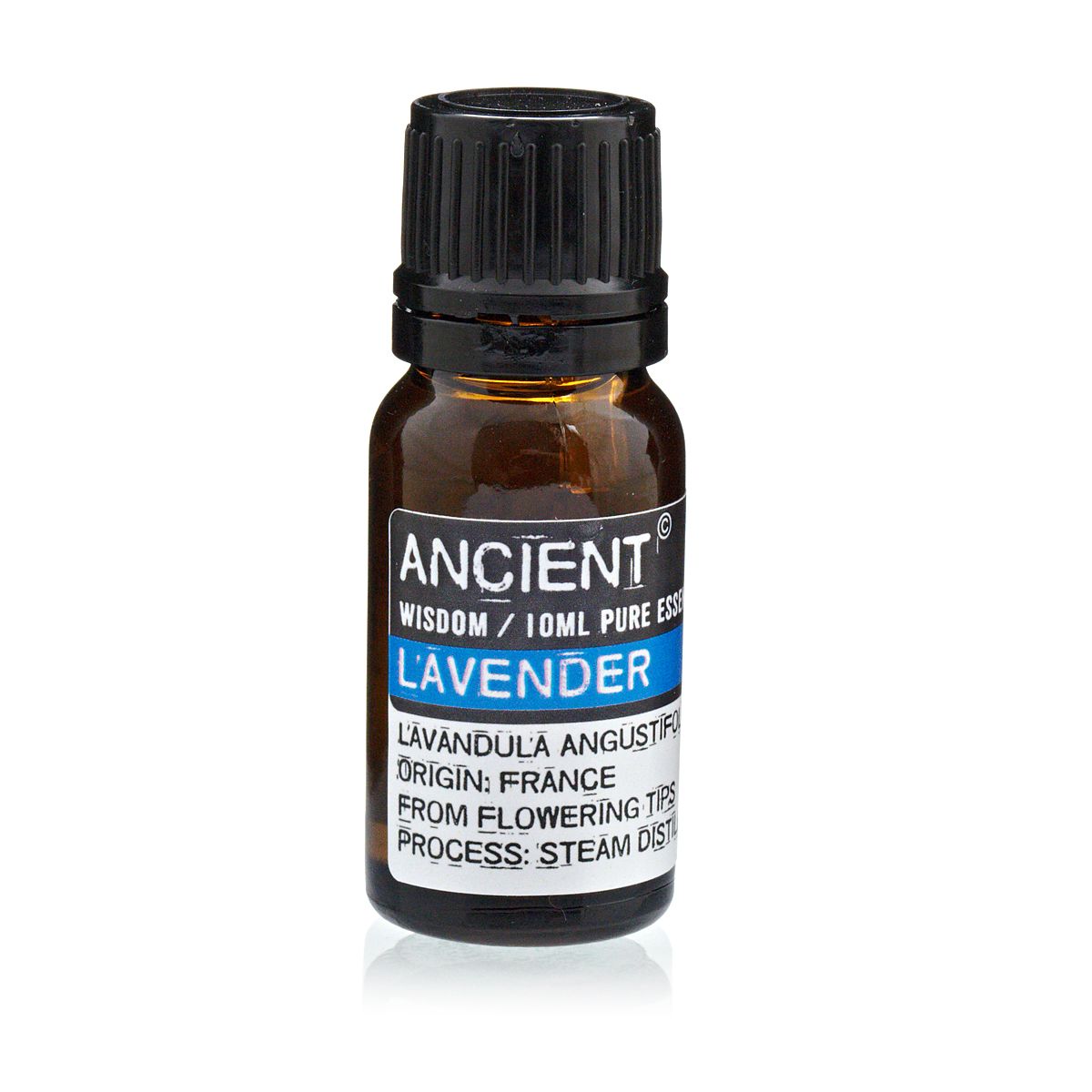
As tick populations increase across Canada, so do cases of tick-borne illnesses such as Lyme disease and anaplasmosis, warns Dr. Gerald Evans, an infectious diseases expert at Queen's University in Kingston, Ont. Ticks are most active in the spring and summer, especially in wooded, grassy, and leaf-littered areas near water. Understanding their habits, how to prevent bites, and the importance of early removal are crucial steps in staying safe.
Common Tick Species in Canada and Their Habitats
The most prevalent ticks in Canada include:
- Black-legged Tick (Ixodes scapularis): The primary vector for Lyme disease. Found mainly in southeastern Ontario, Quebec, and parts of Atlantic Canada. They thrive in tall grass, leaf litter, and wooded areas.
- American Dog Tick (Dermacentor variabilis): Common in southern Ontario and southwestern Canada, often found in grassy fields and along trails.
- Lone Star Tick (Amblyomma americanum): Less common but increasingly reported. Prefers open woodlands and grassy edges.
How to Spot and Remove Ticks
Spotting Ticks:
- Look for small, dark, or brownish bugs attached to skin, especially around warm, moist areas like underarms, groin, behind knees, and scalp.
- They can be as tiny as a poppy seed in early stages (larva) or larger (adults).
Removing a Tick:
- Use fine-tipped tweezers to grasp the tick close to the skin.
- Pull upward steadily without twisting to avoid leaving mouthparts behind.
- Clean the bite area with iodine scrub or soap and water.
- Dispose of the tick by flushing it down the toilet or submerging in alcohol.
- Monitor the bite area for signs of redness or rash, and consult a healthcare provider if symptoms develop.
How Lyme Disease Is Contracted Through Ticks
Lyme disease is caused by the Borrelia burgdorferi bacteria. Ticks become infected when they feed on small mammals, birds, or deer carrying the bacteria. Transmission occurs during a tick’s blood meal, usually after it has been attached for 36-48 hours. Early removal significantly reduces the risk of infection.
Natural Tick Repellents: What the Research Says
While chemical repellents like DEET are highly effective, many prefer natural options, especially for themselves and their pets. Some essential oils have shown potential in repelling ticks:
- Lavender Oil: Studies indicate lavender’s aroma can repel ticks, though effectiveness varies (Kaufman et al., 2004).
- Rose Geranium Oil: Research in the Journal of Medical Entomology found that rose geranium oil provided significant repellent effects against Amblyomma americanum ticks for several hours (Becker et al., 2014).
- Cedar Oil: Already used in some commercial repellents, cedar oil shows promising results in repelling ticks, though more research is needed.
A DIY Natural Tick Repellent Recipe
This simple recipe combines research-backed essential oils with a nourishing carrier oil:
Ingredients:
- Calendula Herbal Oil (1/4 cup) — nourishing base for skin
- Lavender Oil (10 drops)
- Rose Geranium Oil (8 drops)
- Cedar Oil (6 drops)
Instructions:
- In a small bottle or container, add the calendula herbal oil.
- Drop in lavender, rose geranium, and cedar oils.
- Shake gently to mix.
- Apply liberally to exposed skin and clothing before outdoor activities.
- Reapply every 2-3 hours or after swimming or sweating.
Note: Always do a patch test first to check for skin sensitivity.
Additional Prevention Tips
- Wear long sleeves, pants, and closed shoes in tick-prone areas.
- Tuck pants into socks and shirt into pants to reduce skin exposure.
- Stay on clear trails and avoid tall grass or leaf litter.
- Regularly check yourself, children, and pets for ticks after outdoor play.
- Perform thorough tick checks on yourself, children, and pets after being outdoors, especially in wooded or grassy areas. Prompt removal reduces the risk of disease transmission.
- Keep your yard well-maintained by removing leaf litter, clearing tall grass, and creating barriers with wood chips or mulch to minimize tick habitats.
Conclusion
With tick populations on the rise across Canada, understanding how to prevent bites and identify early signs of tick-borne diseases is essential. While chemical repellents remain effective, natural options like essential oils—lavender, rose geranium, and cedar—offer a safer alternative when used properly. Regular inspections, protective clothing, and environmental management further reduce risk.
By staying informed and taking preventative steps, you can enjoy the outdoors while protecting yourself, your family, and your pets from ticks and the diseases they carry.










